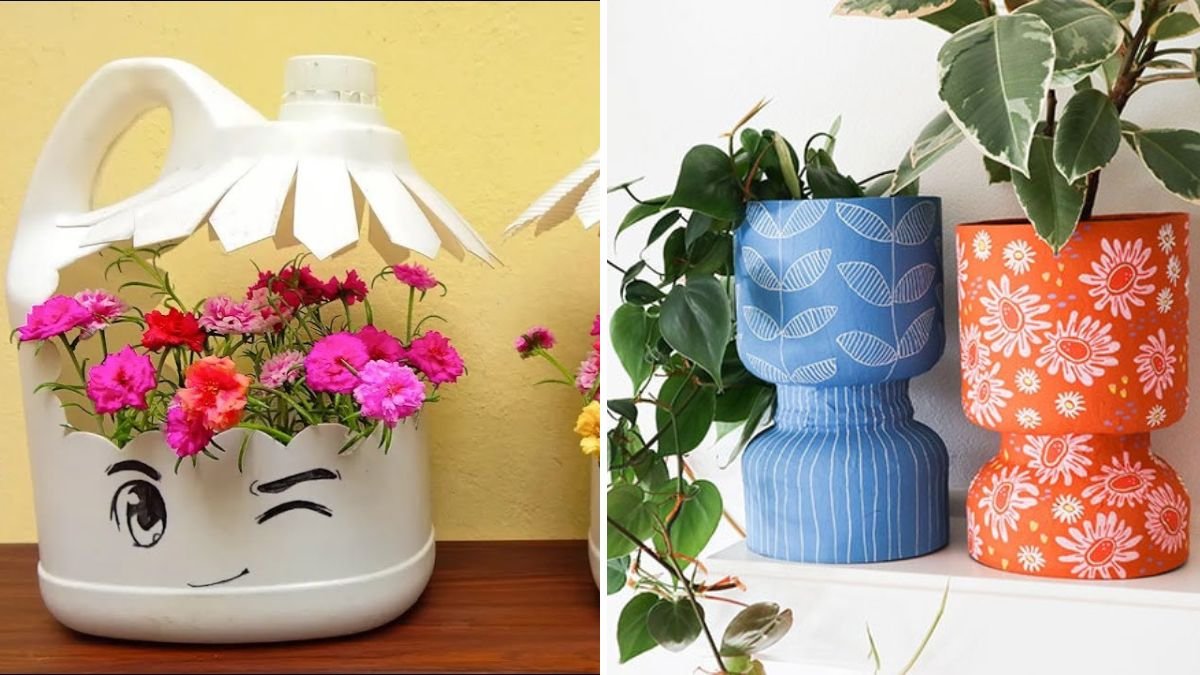Sustainable gardening is gaining popularity as people seek eco-friendly ways to grow plants while reducing waste. One of the easiest and most creative ways to achieve this is by using recycled containers as planters. From old buckets and bottles to tin cans and wooden crates, nearly any discarded item can be transformed into a functional and attractive planter. This not only saves money but also contributes to environmental conservation by repurposing waste materials.
This guide explores how to use recycled containers as planters, including selection, preparation, soil management, plant choices, arrangement, and care tips, ensuring your recycled garden is both beautiful and productive.
1. Benefits of Using Recycled Containers
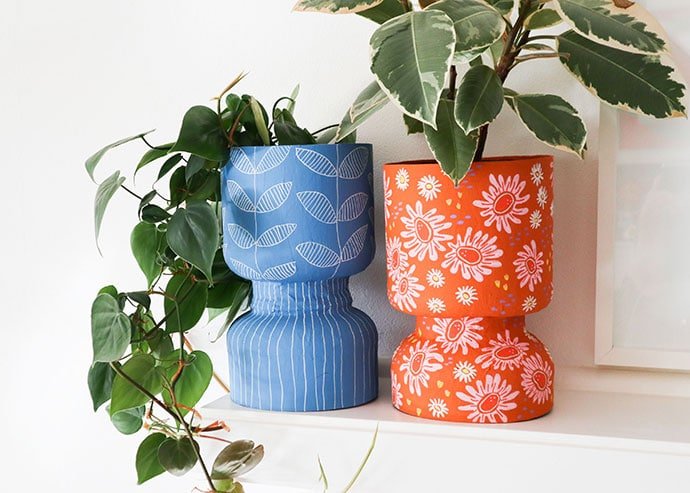
Recycled containers offer multiple advantages:
- Environmental Impact: Reduces landfill waste and promotes sustainable gardening.
- Cost-Effective: No need to purchase expensive pots.
- Creativity: Allows for unique, personalized garden designs.
- Flexibility: Containers can be used indoors, on balconies, patios, or community gardens.
Tip: Choosing containers with different shapes, sizes, and colors adds aesthetic appeal while maximizing garden functionality.
2. Choosing Recycled Containers
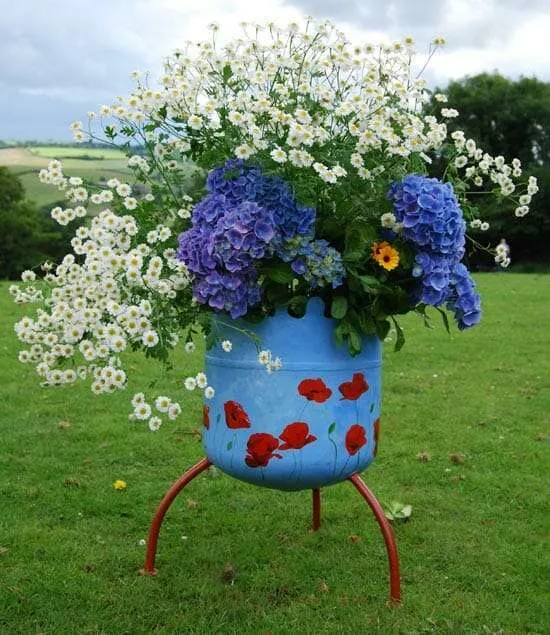
Almost any container can be repurposed as a planter with the right preparation:
- Plastic Containers: Old buckets, tubs, and yogurt containers. Lightweight and easy to move.
- Metal Containers: Tin cans, coffee tins, or paint cans. Ensure proper drainage to prevent rust and waterlogging.
- Glass Containers: Jars, bottles, or vases. Ideal for small plants or herbs, but require careful drainage management.
- Wooden Containers: Pallets, crates, or old drawers. Provide a rustic charm and are suitable for larger plants.
- Ceramic and Clay Items: Broken pots, mugs, or bowls. Can be repurposed for decorative arrangements.
Tip: Avoid containers that previously held toxic chemicals or paint without thorough cleaning to ensure plant safety.
3. Preparing Recycled Containers for Planting
Proper preparation ensures plant health and longevity:
- Cleaning: Wash containers thoroughly to remove residues, dirt, or mold.
- Drainage: Drill or punch holes in the bottom to prevent water accumulation. Small containers may require a layer of pebbles at the base.
- Sealing (if necessary): For porous containers like wood or clay, seal the interior with a safe, non-toxic waterproof coating to prolong lifespan.
- Insulation: Metal containers can heat up in direct sunlight; consider lining with cardboard or fabric to protect roots.
Tip: Always check the container for sharp edges and smooth them out to prevent injury and root damage.
4. Choosing the Right Soil
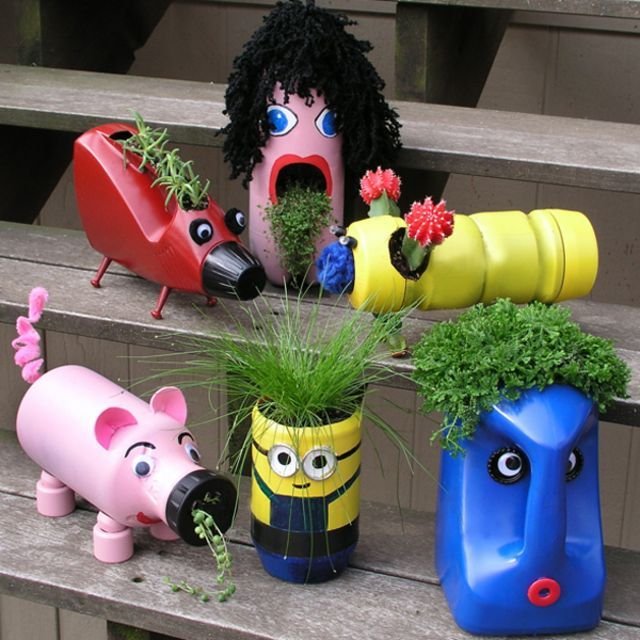
Recycled containers may have limited space, making soil quality critical:
- Potting Mix: Use a lightweight, well-draining potting mix rather than garden soil.
- Additives: Incorporate perlite, vermiculite, or sand to improve drainage.
- Nutrients: Blend in compost, worm castings, or slow-release fertilizer for healthy plant growth.
Tip: Smaller containers dry out faster; adding moisture-retaining materials like coconut coir or peat moss helps maintain soil moisture.
5. Selecting Plants for Recycled Containers
The choice of plants depends on container size, location, and care requirements:
- Herbs: Basil, mint, parsley, and rosemary thrive in small containers.
- Flowers: Marigolds, pansies, petunias, and begonias add color and attract pollinators.
- Vegetables: Cherry tomatoes, lettuce, spinach, and radishes work well in medium containers.
- Succulents and Cacti: Ideal for small, shallow containers requiring minimal watering.
- Indoor Plants: Pothos, snake plant, and peace lilies are suitable for decorative indoor containers.
Tip: Group plants with similar sunlight and water requirements for easy care.
6. Arranging Recycled Container Gardens
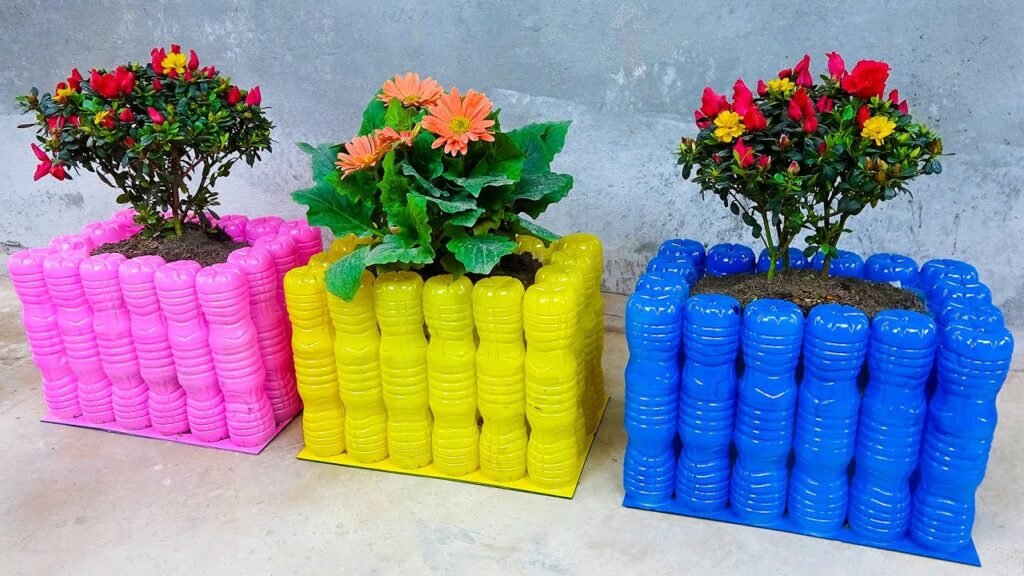
Thoughtful arrangement enhances both functionality and aesthetics:
- Layering: Place taller plants at the back and shorter plants at the front to create visual depth.
- Cluster Groups: Group containers in odd numbers (3, 5, 7) for a natural, balanced look.
- Vertical Gardening: Use stacked crates, hanging bottles, or wall-mounted containers to maximize space.
- Mobility: Use lightweight containers or add wheels for easy relocation to optimize sunlight or shelter from harsh weather.
Tip: Rotate containers periodically to ensure even sunlight exposure for all plants.
7. Watering and Drainage Management
Recycled containers often have unique drainage characteristics:
- Check Holes: Ensure water flows freely and does not accumulate at the bottom.
- Watering Frequency: Smaller containers dry out faster and may require more frequent watering.
- Mulching: Add a layer of mulch, pebbles, or shredded leaves to retain moisture and regulate soil temperature.
Tip: Avoid overwatering, especially in containers with poor drainage, as it can lead to root rot.
8. Fertilizing Plants in Recycled Containers
Container plants rely on limited soil nutrients, making fertilization essential:
- Liquid Fertilizers: Use diluted, balanced liquid fertilizer every 2–3 weeks for fast absorption.
- Slow-Release Fertilizers: Incorporate into the soil at planting to provide continuous nutrients.
- Organic Options: Compost tea, fish emulsion, and worm castings enhance soil fertility and microbial activity.
Tip: Monitor plant health and adjust fertilization to prevent nutrient burn or deficiencies.
9. Pest and Disease Management
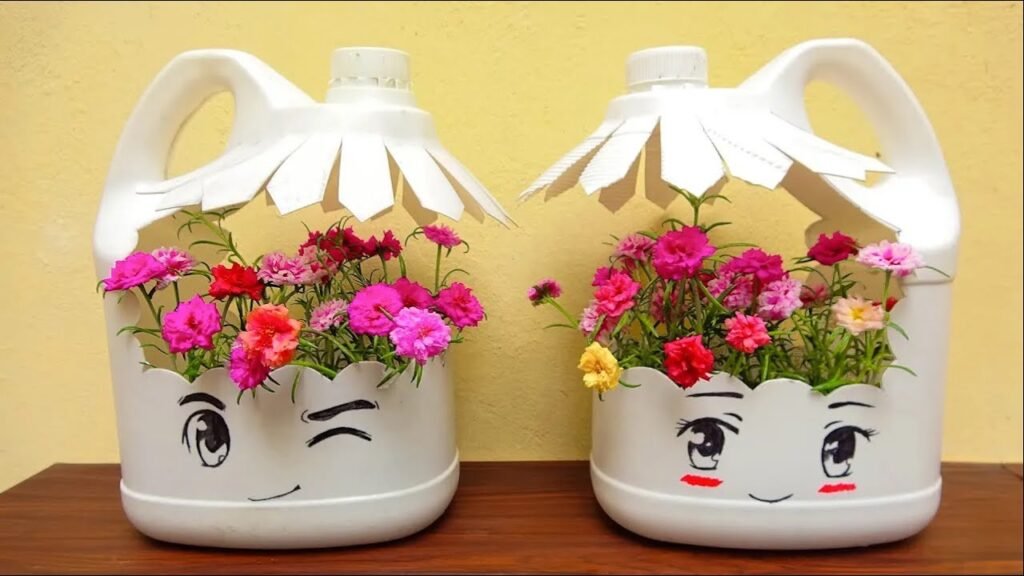
Container plants can be prone to pests if not properly monitored:
- Common Pests: Aphids, spider mites, fungus gnats, and whiteflies.
- Prevention: Inspect leaves regularly, avoid overwatering, and maintain proper spacing for airflow.
- Treatment: Use neem oil, insecticidal soap, or natural predators like ladybugs.
- Diseases: Watch for root rot, fungal infections, and leaf spots; ensure proper drainage and sunlight.
Tip: Recycled containers can harbor old pathogens; always sanitize containers before planting.
10. Creative Ideas for Recycled Planters
Recycled containers allow gardeners to express creativity while saving resources:
- Bottle Towers: Stack cut plastic bottles for vertical herb gardens.
- Tin Can Clusters: Paint and decorate cans for colorful flower displays.
- Wooden Crates: Fill crates with multiple small plants for a rustic, layered look.
- Teapots and Mugs: Use old kitchenware for unique, whimsical container gardens.
- Milk Jugs and Buckets: Perfect for small vegetables or indoor plants with drainage modifications.
Tip: Label containers with plant names for organization and added visual charm.
11. Seasonal and Long-Term Care
Proper maintenance ensures your recycled container garden thrives year-round:
- Sunlight Adjustment: Move containers seasonally to ensure optimal light exposure.
- Soil Refreshing: Replace or refresh soil every 6–12 months to replenish nutrients.
- Cleaning Containers: Wipe surfaces to prevent algae buildup and maintain aesthetics.
- Winter Care: Bring frost-sensitive plants indoors or insulate containers.
Tip: Rotate crops in vegetable containers to avoid soil depletion and disease buildup.
Conclusion
Using recycled containers as planters is an eco-friendly, cost-effective, and creative approach to gardening. By thoughtfully selecting, preparing, and arranging containers, gardeners can cultivate thriving plants while reducing waste.
Key takeaways:
- Choose safe, durable, and well-draining recycled containers.
- Prepare containers with proper cleaning, drainage, and insulation.
- Use high-quality, nutrient-rich potting soil for healthy growth.
- Select plants suitable for container size, sunlight, and water requirements.
- Arrange containers for visual depth, accessibility, and aesthetics.
- Water consistently, considering the unique drainage of each container.
- Fertilize regularly to meet the nutritional needs of container plants.
- Monitor for pests and diseases, acting promptly to protect plants.
- Explore creative designs using bottles, cans, crates, and kitchenware.
- Maintain seasonal care to ensure long-term success.
By following these guidelines, gardeners can transform discarded items into thriving, vibrant gardens, turning sustainability into an attractive and functional part of everyday life.
